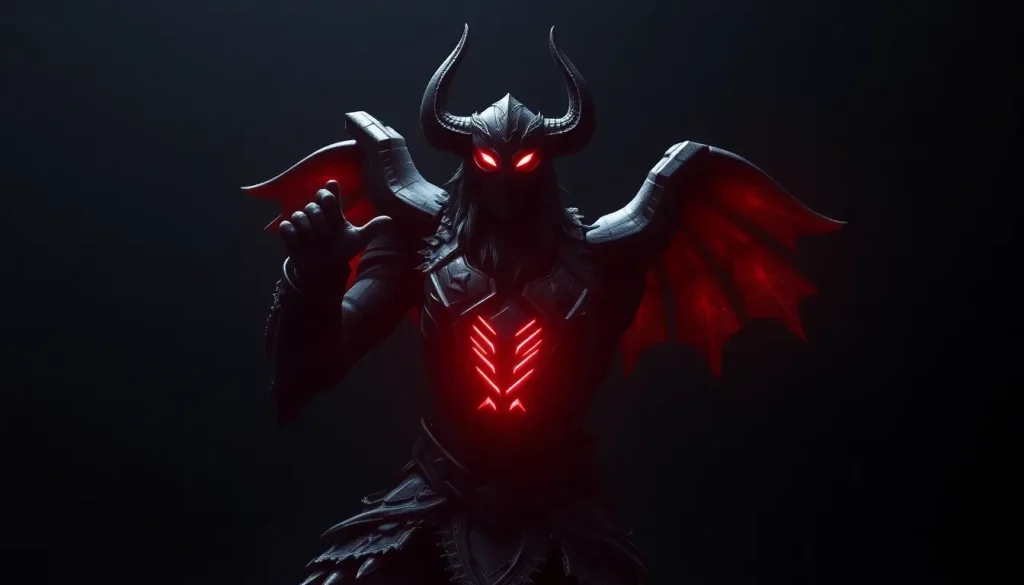AMD Magnus for Xbox Next Gen specifications leaked to outperform PS6

The gaming industry is poised for a transformative shift as Microsoft gears up to unleash its latest console, the Xbox Magnus. This new powerhouse, developed in collaboration with AMD, aims to set a new standard in performance, challenging not only the capabilities of its predecessors but also standing toe-to-toe with Sony's upcoming offerings. With impressive specifications recently leaked, it’s clear that the Xbox Magnus is not just another console; it represents a hybrid gaming experience that merges the best features of console and PC gaming.
Unveiling the specifications of the Xbox Magnus
So what exactly does the Xbox Magnus bring to the table? The details are nothing short of staggering, with its architecture designed to cater to both casual gamers and hardcore enthusiasts. The heart of the Xbox Magnus is its advanced System on Chip (SoC), featuring:
- Two chiplets measuring a total of 408 mm² fabricated using the TSMC N3P process.
- A GPU with 70 Compute Units (CU), of which 68 are active.
- An integrated Neural Processing Unit (NPU) XDNA3 capable of reaching 110 TOPS performance.
- A data bus of 192 bits supporting up to 48 GB of GDDR7 memory.
This configuration signals a significant leap in capability compared to the PlayStation 6, particularly in terms of computing power and memory bandwidth.
Powerful architecture designed for performance
The Xbox Magnus is designed to excel in a variety of gaming scenarios, boasting a structure that combines high-performance computing with efficiency. The SoC integrates a CPU chip of 144 mm², which reportedly includes video output and AI processing capabilities. On the graphics side, it’s outfitted with a massive GPU AT2 chip:
- Four asymmetrical Shader Engines leveraging the RDNA 5 architecture.
- Three Shader Engines with 9 WGP (Work Group Processors) each (totaling 54 CU).
- A fourth Shader Engine containing 8 WGP (totaling 16 CU).
This powerful GPU configuration not only enhances graphics but also ensures that the Xbox Magnus can handle demanding gaming experiences, such as ray tracing and 4K gaming at high frame rates.
Enhanced memory and cache systems
Memory is a critical component for any gaming system, and the Xbox Magnus does not disappoint. The console is expected to feature:
- 24 MB of L2 cache, significantly more than its predecessor, the Xbox Series X.
- A reliance on high-speed RAM without the need for dedicated Infinity Cache, ensuring faster data access.
- Flexible memory configurations of 24, 36, or 48 GB of GDDR7, enhancing performance for demanding applications.
This adaptable memory architecture is beneficial in providing the necessary bandwidth for high-performance gaming, allowing for more complex textures and immersive worlds without bottlenecks.
AI capabilities and energy efficiency
One of the standout features of the Xbox Magnus is its dedicated NPU XDNA3, which is engineered for optimized AI tasks:
- Capable of reaching 110 TOPS at peak performance with a modest power consumption of 6W.
- A low-power mode that delivers 46 TOPS while consuming only 1.2W.
This efficiency not only benefits gaming applications but also enhances functionalities like real-time AI processing and advanced graphics rendering, setting it apart from competitors that may not feature dedicated AI hardware.
A hybrid console for the future
The Xbox Magnus is envisioned as more than just a gaming console; it aims to function as a versatile entertainment hub. Its architecture allows it to serve as:
- A traditional gaming console for couch-based gaming.
- A powerful PC-like system capable of running a variety of applications.
- A device optimized for high-performance tasks like streaming and productivity.
This dual functionality positions the Xbox Magnus uniquely in the market, appealing to a broader audience that values both gaming and productivity in one device.
Launch timeline and impact on the gaming landscape
Looking ahead, Microsoft plans to release the Xbox Magnus in 2027. This timeline allows them to refine the technology and enhance the user experience:
- Advanced hardware specifications that outpace the competition.
- A potential open software environment that could rival traditional PC gaming platforms.
- Integration with Windows systems, possibly allowing for seamless gaming experiences across devices.
The ambitious specifications and features of the Xbox Magnus could redefine what consumers expect from next-generation consoles, potentially forcing competitors like Sony to rethink their strategies.
As we anticipate the launch of the Xbox Magnus, it’s clear that Microsoft aims to not only compete with Sony but to set a new benchmark in gaming technology. With its unparalleled specifications and hybrid functionality, the Magnus could very well revolutionize the gaming experience as we know it.




Leave a Reply